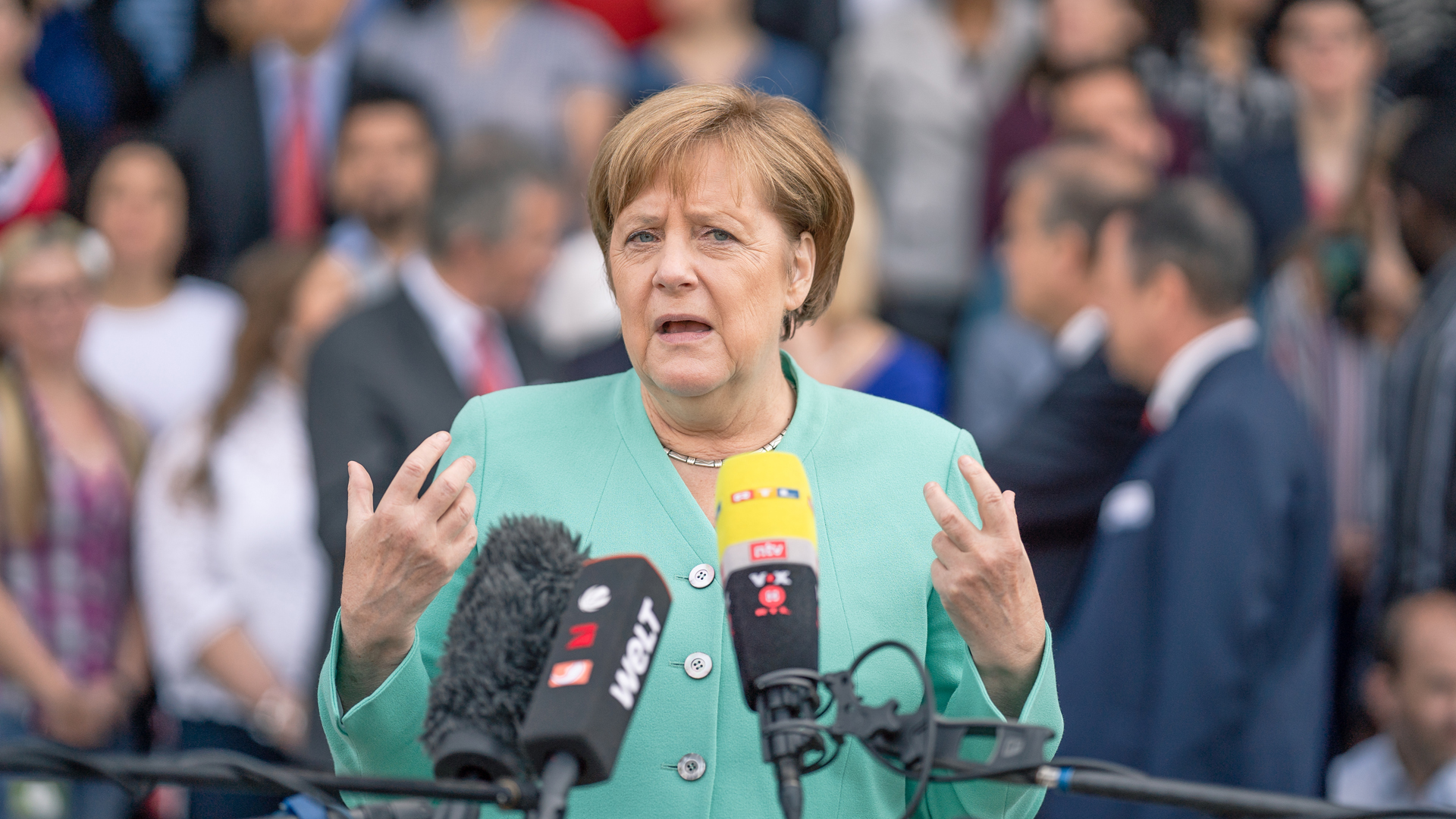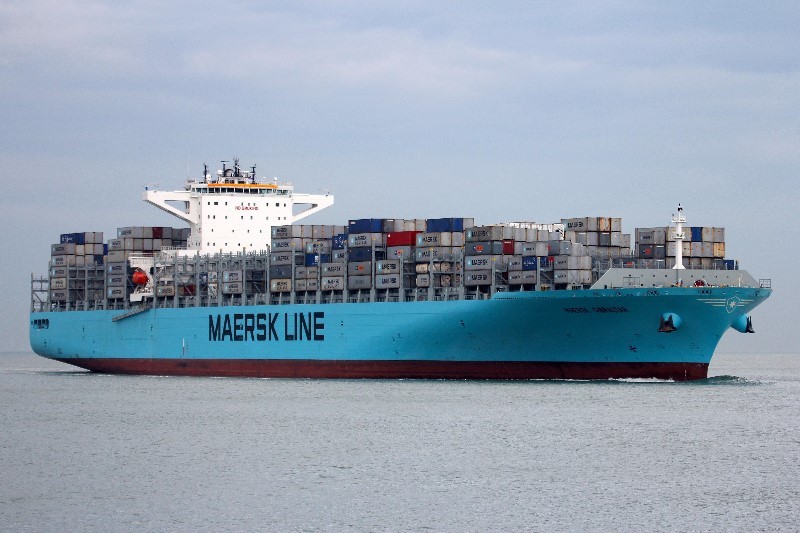As delegates from 192 nations gather in Geneva Sept. 24 and 25 to determine the fate of global postal commerce, a compromise has been advanced to let the U.S. Postal Service (USPS) significantly increase the rates it charges foreign postal systems for processing foreign-origin parcels and mail.
The proposal, if it passes muster, would keep the U.S. in the Universal Postal Union (UPU), the 145-year-old governing body that the Trump administration plans to leave next month unless UPU delegates vote to approve the changes it has demanded to the global postal cost structure. It would also dramatically increase the postal rates paid by businesses and consumers from nations that have benefitted from a half-century of artificially low rates on U.S-bound shipments. Notably, Chinese merchants and consumers could see postal rates more than double because China Post would be charged a much higher rate by USPS to process postal shipments.
According to two industry sources, the compromise, crafted by Germany and France and informally agreed to by the U.S., would permit the U.S. and any country doing business with it to “self-declare” their international postal rates by July 1, 2020, at a rate effectively equal to 70% of what UPS would charge to handle a domestic parcel or mail shipment, a fee system that has been known as “terminal dues.” That is much higher than the dues now paid by many so-called developing countries that use the USPS. In the case of China, still classified a “developing” country under UPU guidelines, China Post pays USPS about 35% of what it costs USPS to process a postal shipment within its borders, estimates Alex Yancher, co-founder of Passport, a U.S.-based international parcel delivery firm who has been closely following the saga.
The proposal would establish a phase-in period for countries operating under the current UPU system to migrate to a self-declare model where their costs would rise after decades of paying artificially low dues, the sources said. The shift would begin in 2021 and run through 2025, the sources said. Terminal dues increases would max out at 13% in 2021 and increase by 10% each year after that, the sources said. This would ease many governments’ concerns about the impact of price shocks while aiding cost-recovery efforts of destination postal systems.Terminal dues account for up to 60% of the cost of a typical international mail shipment, according to Yancher.
The matter will come to a head Sept. 25 when the delegates will vote on one of three options related to the terminal dues structure. One option keeps the status quo while permitting a small increase in terminal dues. A second, which has been proposed by the U.S., allows for all nations to shift to self-declaration by mid-October, which would immediately end the terminal dues structure. The third would allow the U.S. to self-declare and establish a self-declaration phase-in for other countries. The latter two options would keep the U.S. in the UPU. The vote will be a simple majority–50% plus 1.
Peter Navarro, President Trump’s assistant for trade and manufacturing policy and the administration’s point man on the U.S-China trade dispute, wrote in a Sept. 11 op-ed piece in the Financial Times that the U.S. is amenable to the latter two options. However, the first option, which maintains the status quo, will result in the U.S. leaving the UPU on Oct. 17, Navarro said. The administration has framed the postal issue as another example of China gaming the global trade system and how the administration is hell-bent on stopping it. Navarro is expected to attend the special UPU “Congress,” only the third such meeting in its history. In a Sept. 11 op-ed published in the Financial Times, Navarro
At that point, the U.S., which handles about half the world’s mail, will move to negotiate bilateral agreements with each of its postal trading partners. This scenario could create enormous turmoil in the market since so many shipping protocols have been established through the UPU’s multilateral framework. Neither the State Department, which oversees the U.S. role in UPU, or USPS have articulated a post-exit plan, which has reminded some observers of a postal version of Brexit, where a majority of British citizens voted for the nation to leave the European Union (EU) only to discover that there was no viable post-exit strategy to implement.
USPS has assured mailers it will remain in the international mailing business even if the U.S. exits the UPU. In addition, third-party providers like integrated communications R.R. Donnelley & Co., (NYSE:RRD) said they are standing ready to assist customers with a post-exit transition. The question, though, is whether USPS can serve any country which the U.S. has not negotiated an agreement. “Some of the bilateral agreements could be reached quickly enough to maintain relative continuity, but I suspect some may be protracted due to trade disruption already occurring,” said Matthew White, strategist for consultancy iDrive Logistics, a consultancy that is working with clients with exposure to the issue.
In theory, companies like FedEx Corp. (NYSE:FDX) and DHL Express would benefit because their rates would be more competitive with the adjusted pricing. Freight forwarders could conceivably benefit if they are able to consolidate foreign mail shipments, clear them through U.S. Customs and induct them into the USPS network. However, much of what comes from developing countries are low-value goods that satisfy Americans’ seemingly insatiable desire for cheap imports. Higher shipping prices from fully private businesses could result in less ordering activity.
If one of the administration’s endgames is to move production of low-value merchandise back to the U.S., that’s unlikely to work, according to one of the sources. Few, if any, U.S.-based producers would be able to turn a profit making the stuff at low price points that U.S. consumers are accustomed to, the source said.
A different world
For more than 100 years, it was free for one post to have another post deliver its letters domestically. UPU member countries set up the terminal dues system in 1969 to compensate one another for delivering international mail within their borders. The dues were based on how developed a country was in delivering mail. Developed countries like the US would charge lower dues, while developing countries would charge higher dues. The system worked well when international mail was mostly flat letters because the incremental cost of delivering a latter is nominal. However, the dues system of the time did not foresee the surge in small, low-cost packages originating in nations like China and the higher costs incurred by USPS in processing those shipments without losing money on them.
The original formula remained until 2016 when the UPU, under pressure from the Obama administration, approved a 20% increase. But that wasn’t enough to satisfy critics. Postal systems like China Post, which was part of a developing economy at the time, still pay very low rates for USPS’ services, a situation that critics said has led to USPS losing $1 for every shipment from China that it processes, and that fails to reflect China’s modern-day status as an advanced and wealthy trading nation. More than half of business-to-consumer parcel traffic entering the U.S. comes from China.
For example, it costs more to ship a parcel via USPS between New York and Boston than from Beijing to Boston because of artificially low dues paid by China, a factoid that no one appears to dispute.
The current system puts U.S. companies at a competitive disadvantage against foreign businesses, and creates opportunities for dues “arbitrage” that digs an even deeper hole for USPS, according to Yancher, For example, shippers who fulfill international orders placed on the website of Chinese e-commerce company Wish.com, will ship goods from China to countries like Tajikistan, which has even cheaper rates to ship to the U.S., and then have the Tajik Post deliver packages to the U.S. for final delivery, Yancher said. “The extra cost of shipping from China to Tajikistan is worth it in order to capture the low rates offered by the Tajik Post,” he said. Wish.com has built a billion-dollar business largely on the backs of cheap postal transactions, he said.
Fed up with the purported inequities, the administration notified the UPU last October that it will leave the group after a mandatory one-year waiting period unless it is able to immediately self-declare rates and bring terminal dues up to levels that match USPS’ cost to serve.










